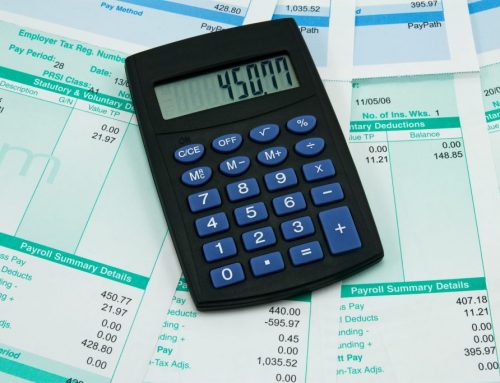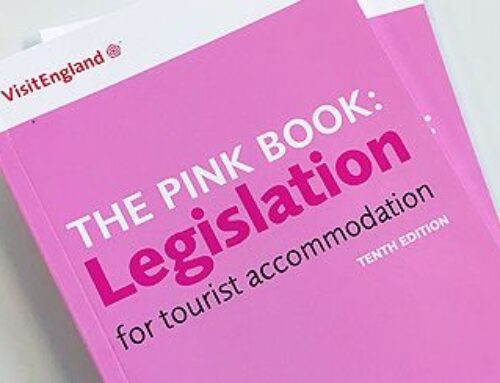Owners of hospitality businesses who live on site and share premises and services with paying guests need to work out a method of splitting shared business / private costs between them privately and their business. Such costs are for example food and drink, utilities, loan interest, and Council Tax.
HMRC do not decree a method, but do set one out that businesses can use. There are three methods that we recognise for our clients:
- The HMRC method. Simple and clear to operate. Does not cover Council Tax, rent and loan interest.
- A method based on statistical analysis of floor space or volume of usage. For example the ratio of business to non-business use rooms, or the ratio of guest numbers to family residents.
- A calculation of unit business costs multiplied out by the number of guests. For example the calculated cost of a breakfast multiplied by the number of consumers. This method is particularly applicable to micro-businesses.
The HMRC Method
HMRC lay down notional incomes for board and lodge. Put simply these are:
| Number of People | Flat Rate per Month |
| 1 | £350 |
| 2 | £500 |
| 3+ | £650 |
Under this method 100% of food and drink (excluding alcohol), utilities and household goods are charged to the business. Then the businesses is credited with a multiple of the notional income per the above table.
Thus a husband and wife team will have a notional income credited to their business of £6,000.
This does not cover mortgage interest, rent or council tax, which have to be allocated by separate method, as illustrated in method 2.
Analysis of Floor-space and Volume of Usage
By gathering statistics on the number of rooms comprising the premises and considering a scientific split of their usage between business and private, costs that are dependent on space rather than usage can be allocated accordingly. Thus a ratio of 8 business rooms to 2 private would split council tax in that ratio.
By gathering statistics on the number of guests and comparing these to family numbers, costs such as utilities and perhaps food and drink can be allocated.
Often under this method food, drink and household items are purchased directly for the business, or privately. Thus the allocation is accurate at source and no further calculation is necessary.
Calculation of Unit Business Cost
This method may be used in micro-businesses where the business element may be small compared to the overall. The calculation will be quite specific depending on circumstance. But as an example a breakfast may be costed from its ingredients multiplied out by the number of guests that consume a breakfast.
Other Considerations
A business loan or mortgage is often used to purchase a premises. Where the loan amount can clearly be demonstrated to be less than the considered value of the business premises element of the overall purchase, then 100% of the loan interest is an allowable cost.
Insurance cost can be split 100% to the business for the business insurance, with a proportionate room number split of buildings and contents insurance.
Repairs, replacements and renewals need to be considered on a case by case basis, dependent on the nature of the expenditure.
Private use of vehicles is covered by other rules not explained here.
Your Decision
The decision on the method that the business owner will use will depend on their calculations of benefit of each method. For example the HMRC allocation may seem generous in favour of HMRC.
Conversely the practicality of dividing purchases at source, calculating guest numbers etc may be considered too onerous, thus leading to choice of the HMRC method.




